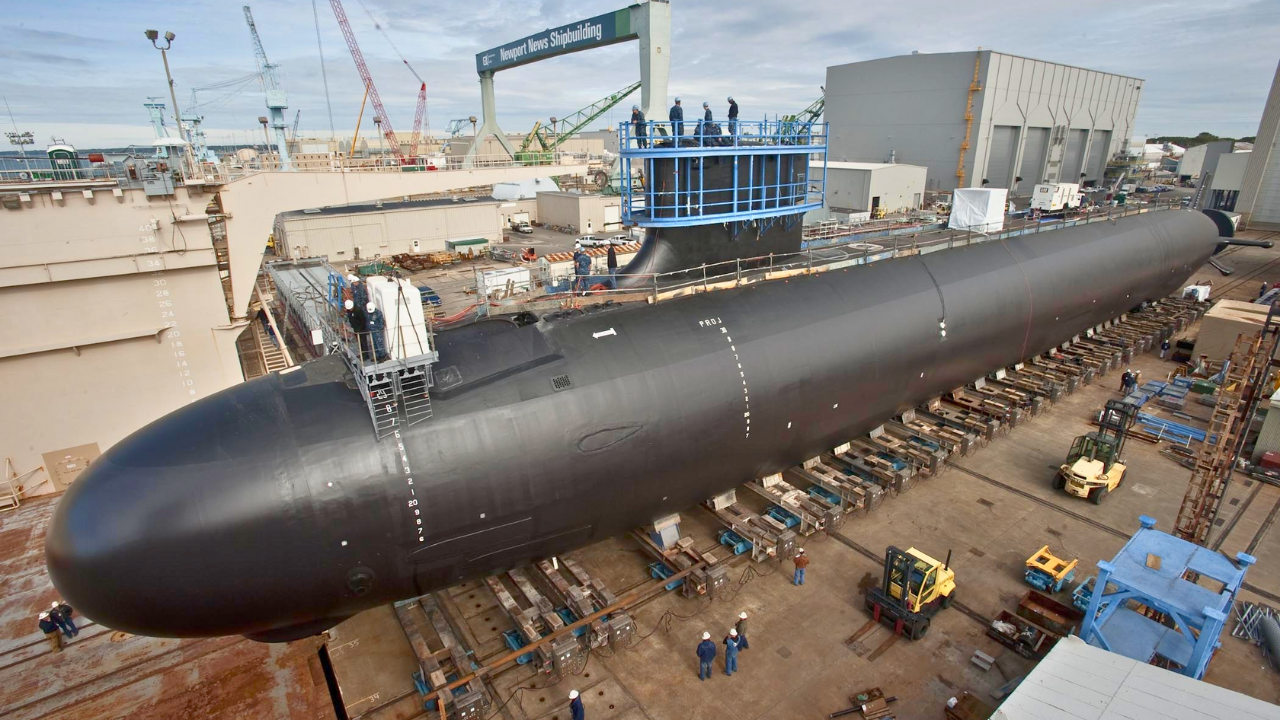
The U.S. Navy has awarded General Dynamics Electric Boat a $2.28 billion contract to build 12 Columbia-class submarines, the largest in American history. This ambitious effort aims to close a looming nuclear “deterrent gap” as aging Ohio-class submarines retire between 2027 and 2040.
These first-of-class boats will combine size, stealth, and modern technology. Let’s look at the stakeholders, technical details, and timelines shaping this historic program.
Who’s Behind The Columbia-Class Program
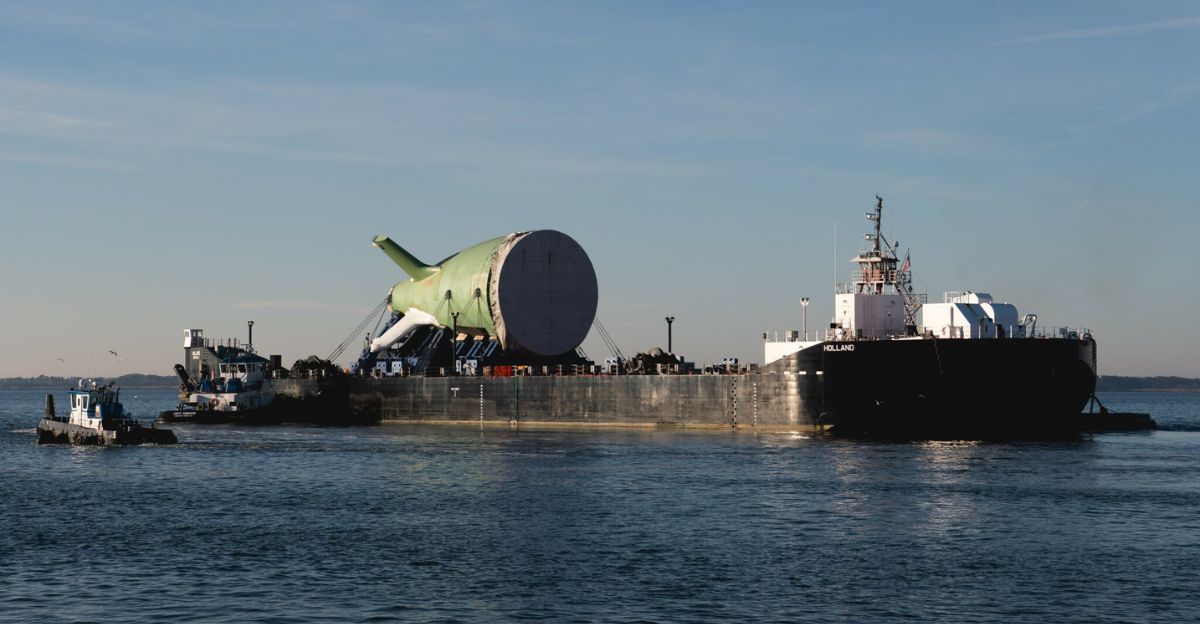
The Pentagon oversees the $126.4 billion acquisition through NAVSEA and Program Executive Officer Columbia. On November 17, 2024, General Dynamics Electric Boat received $2.28 billion for the construction of five submarines (SSBN-828 through SSBN-832).
CEO Phebe Novakovic said on 27 October 2025, “The first Columbia is about 60 percent complete…we’ll work hand in glove with the Navy.” Supply chain delays persist, indicating potential challenges ahead.
Electric Boat Workforce Expansion

Electric Boat expanded its workforce significantly, with 5,300 new hires in 2023, 4,100 in 2024, and 3,050 projected for 2025. The combined workforce now totals approximately 23,200 employees across Groton, Connecticut, and Quonset Point, Rhode Island.
Mark Rayha, GD/EB president, explained the slowdown in 2025 reflects supply chain issues, not a lack of work. The workforce remains ready to scale.
Shipyard Facility Investments

GD/EB is investing heavily in facilities, with $850 million allocated for a 200,000-square-foot South Yard Assembly building in Groton, $700 million for outfitting modules at Quonset Point, and a new 480,000-square-foot warehouse in North Stonington.
These expansions aim to support modular assembly and storage, positioning the program to meet its ambitious 2030 deployment deadline.
Nationwide Supply Chain Coordination

The Columbia-class program depends on over 5,000 suppliers across 48 states. Key partners include Northrop Grumman (turbines), Leonardo DRS (propulsion motors), and Lockheed Martin ($110 million for Trident II D5 missiles).
SMEs like Globe Composite and KEEL also provide essential components. Managing this vast network is critical to avoiding schedule delays and cost overruns.
Newport News Shipbuilding’s Role

Huntington Ingalls Industries Newport News will construct six modules per submarine, including bow, stern, superstructure, and weapons systems. January 2024 milestone: delivery of the USS District of Columbia’s stern to Electric Boat.
The collaboration strengthens industrial capacity across multiple states. But coordinating parallel production remains a complex challenge.
Regional Impact And Communities

Connecticut, Rhode Island, and Virginia host primary operations, supporting local economies. Southeastern Connecticut benefits most, as submarine work sustains high-wage jobs and regional suppliers.
South Carolina is emerging as a hub with KEEL’s $70 million facility expansion. Strategic placement reduces logistical risk and strengthens domestic industrial capabilities.
Navy Personnel And Operational Readiness

Approximately 150 sailors will crew each Columbia-class boat. The shift from 14 Ohio-class submarines to 12 Columbia-class vessels reduces fleet size but maintains continuous deterrent patrol capability.
STRATCOM oversees operational verification. They emphasize the importance of timely delivery to maintain at-sea nuclear deterrence, thereby upholding credibility amid growing global rivalries.
Columbia-Class Submarine Specifications
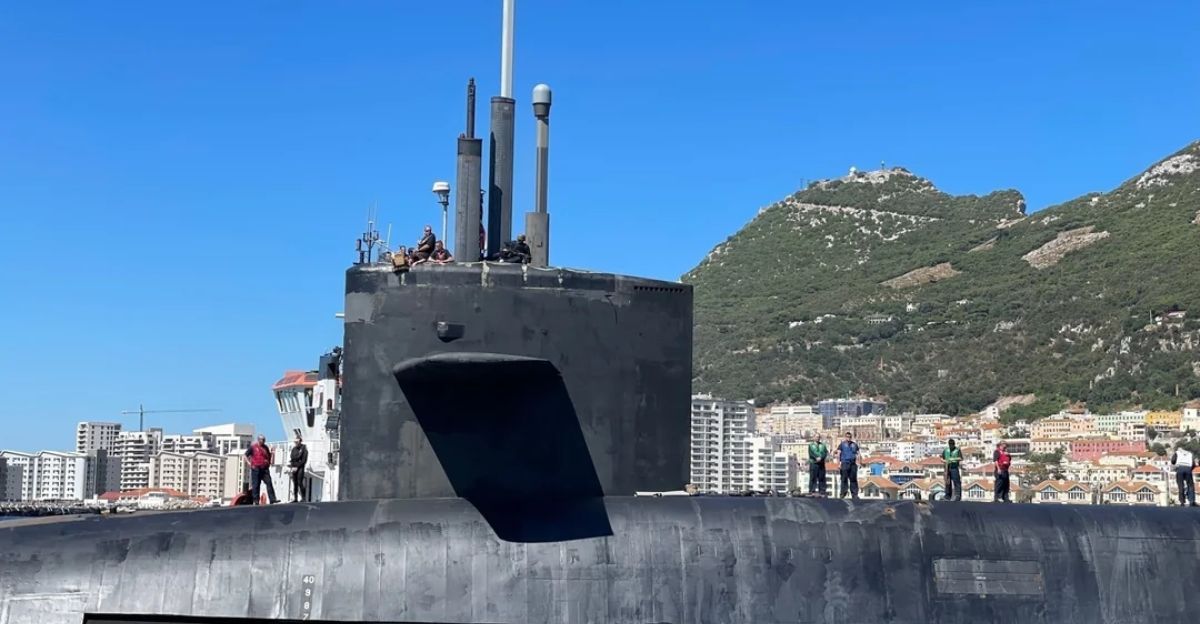
Columbia-class submarines are massive: 560 feet long, 20,810 tons submerged, carrying 16 Trident II D5 missiles each. Life-of-ship nuclear reactor cores eliminate the need for midlife refueling.
Operational life exceeds 40 years. Advanced pump-jet propulsion and sonar suites, derived from the Virginia-class boats, enhance stealth and intelligence gathering. These features mark a generational leap in undersea deterrence.
Modular Construction Breakthroughs
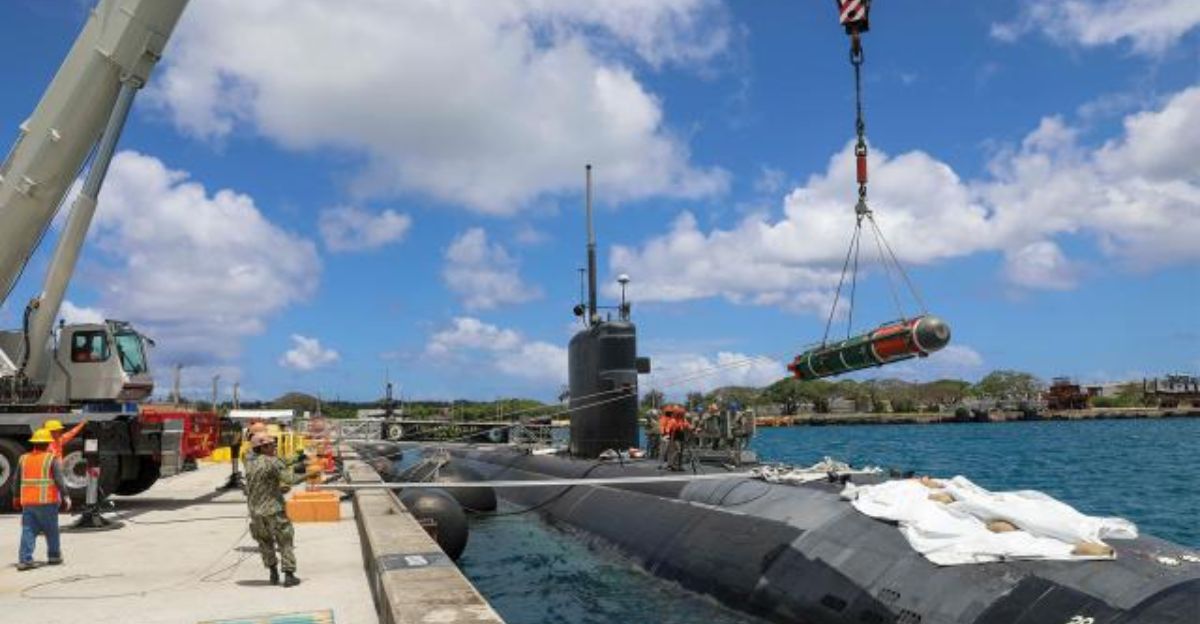
Columbia-class subs use revolutionary modular construction. Over 85% of missile compartments are pre-outfitted in factory environments, compared to just 2% for the Ohio-class in the 1970s.
Four quad-pack modules, each housing four missile tubes, are fabricated at Quonset Point and transported to Groton for final assembly. This innovation accelerates production while ensuring quality.
Program Costs And Funding

The total cost of the Columbia-class program is $126.4 billion. The lead boat, USS District of Columbia, costs $15.2 billion, with the second, USS Wisconsin, at $9.3 billion. The average cost per boat is roughly $10.5 billion.
White House emergency funding ($1.59 billion) and Pentagon support ($3.3–$ 3.4 billion) aim to maintain the construction cadence. How Congress sustains support remains pivotal.
Historical Cost Escalation
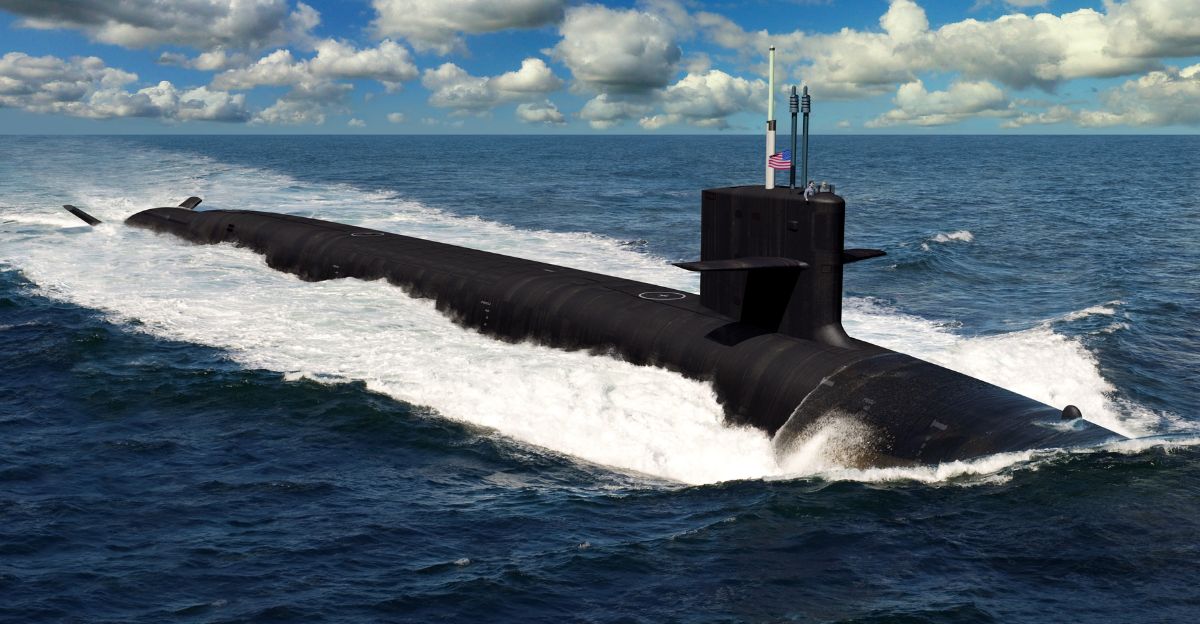
The GAO notes program costs rose from $112.7 billion to $126.4 billion, a $13.7 billion year-over-year increase. It’s now the most expensive submarine program in U.S. history.
Lead boat premiums reflect first-of-class design, tooling, and learning curve expenses. Subsequent boats benefit from production efficiencies, lowering costs.
Deterrent Gap Explained
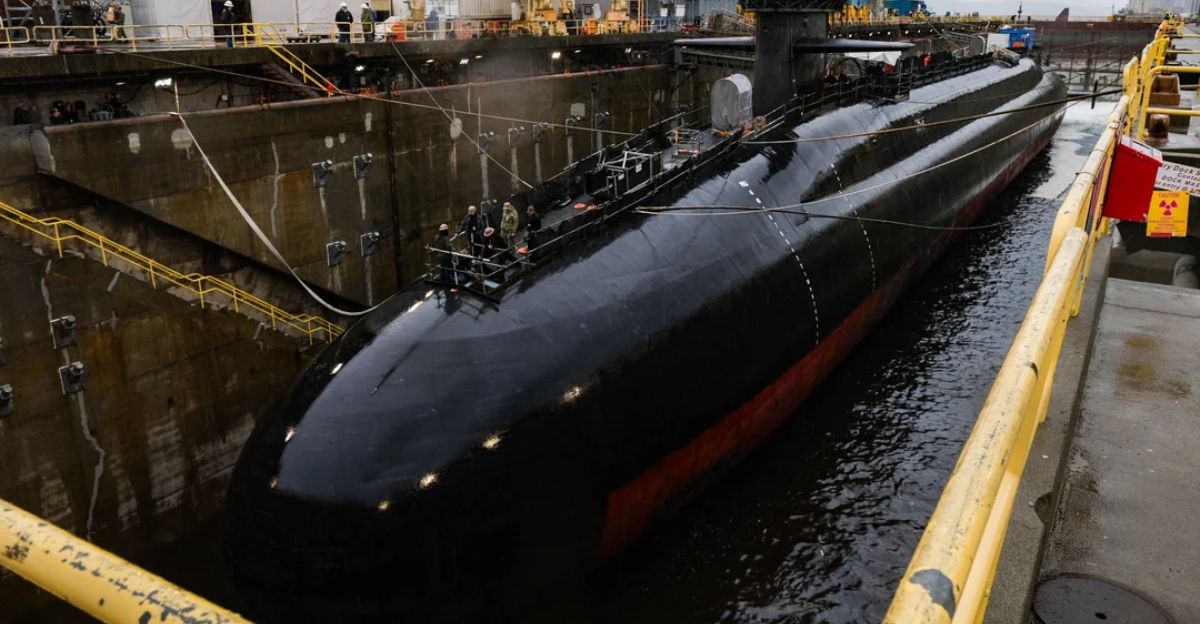
Between 2027 and 2031, the retirement of Ohio-class submarines created a potential shortfall in continuous at-sea nuclear coverage. The Navy extends its presence up to five Ohio-class submarines to maintain deterrence.
Navy officials emphasize that timely delivery of the Columbia is essential to avoid compromising the strategic posture, underscoring the high stakes of production delays.
Global Strategic Context

Columbia-class development responds to China’s expanding nuclear submarine fleet and Russia’s Typhoon and Borei-class operations. Maintaining a credible U.S. atomic deterrent helps deter miscalculations.
First-of-class Columbia subs feature undetectable patrol capability for over 40 years, providing a strategic edge in an era of renewed great-power competition.
First-of-Class Capabilities

These submarines feature life-of-ship reactor cores, advanced quieting, pump-jet propulsion, and Virginia-class sonar suites. The Columbia-class is the most advanced U.S. strategic nuclear platform.
Generational improvements include more extended operational patrols and reduced maintenance needs. These advances position the program as “too big to fail,” with critical national security implications.
Construction Methodology And Risk Mitigation

Modular construction reduces on-ship build time and allows parallel production. GD/EB performs 78% of the assembly; Newport News handles 22%.
Supply chain resilience is strengthened with advance payments, on-site workforce training, and geographic diversification. This mitigates delays and ensures components arrive ready for assembly.
Workforce Strategy And Development

Total hires since 2023: 9,400. Workforce development focuses on skilled trades professionals, including pipefitters, welders, carpenters, electricians, CAD engineers, and systems integration specialists.
Apprenticeship programs and regional recruitment (65% from Connecticut) ensure continuity. Once supply chain delays are resolved, hiring will scale rapidly, supporting program completion and regional economic stability.
Industrial Base And Facility Expansion

GD/EB capital investments exceed $2 billion: new assembly buildings, module outfitting space, ocean transport barge, and warehouse facilities. Newport News is building a multi-class submarine facility.
South Carolina sees expansions by KEEL and Leonardo DRS. These developments expand domestic industrial capacity and enhance resilience to future supply chain disruptions.
Congressional Support And Funding
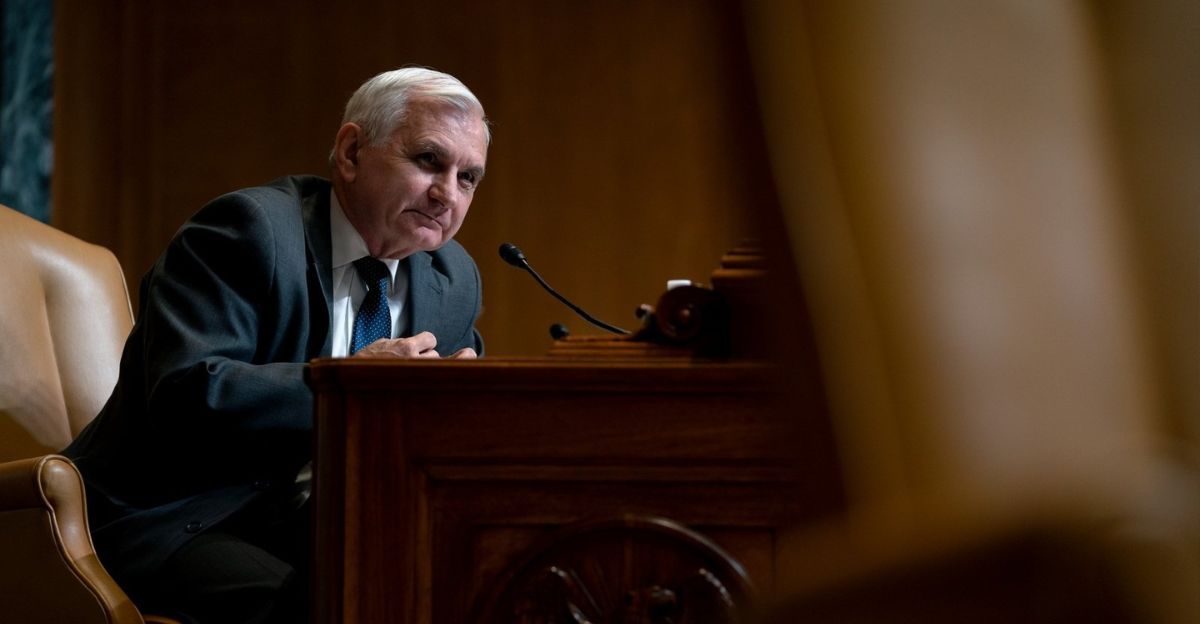
Senator Jack Reed supported $3.3 billion for submarine industrial base expansion, calling it a “win for American workers and small businesses.”
Rep. Joe Courtney highlighted national security and regional economic benefits. Bipartisan support is critical to sustaining this high-cost, high-priority defense initiative through construction and operational deployment.
Program Oversight And Risk Management

GAO oversight monitors schedule and cost risks. Navy extends Ohio-class service lives as insurance against Columbia delays.
Supplier resilience programs, workforce training, and strategic diversification reduce operational vulnerabilities. These measures keep the program on track despite past delays and ensure the deterrent gap is minimized.
A Strategic Investment In National Security

The Columbia-class program spans 48 U.S. states, involves 5,000 suppliers, employs 23,200 personnel, and has investments exceeding $2 billion in facilities. Operational impacts extend through 2071 and beyond, safeguarding the nuclear deterrent.
These submarines represent a generational leap in capability and strategic importance. With deployment starting in 2030–2031, the Navy is poised to decisively close the deterrent gap.